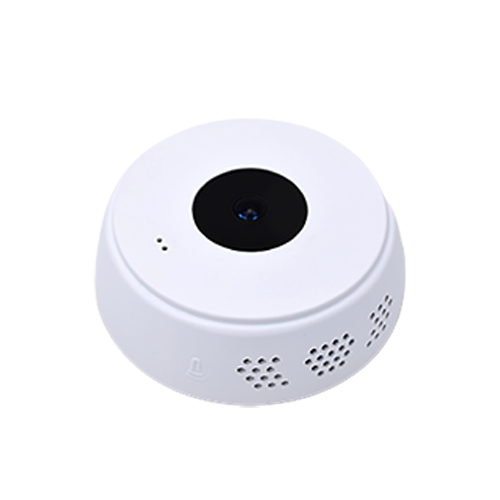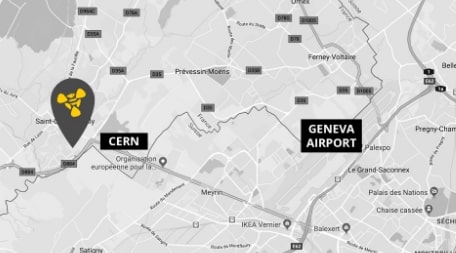Occupancy sensors: smart detectors for smarter buildings
Imagine walking into a room and the lights automatically turning on or a bathroom fan that switches on when you enter and shuts off when you leave – that’s the magic of occupancy sensors in action! These clever devices are becoming increasingly popular in both homes and businesses, helping to save energy and improve convenience.

How occupancy sensors work
Occupancy sensors, also known as motion detectors or presence sensors, are ingenious devices designed to detect human presence within a designated area. Utilizing technologies like Passive Infrared (PIR) they can trigger automated responses such as lighting, heating, ventilation and air conditioning (HVAC) system adjustments, and security measures based on detected motion. By monitoring thermal radiation, the thermal occupancy sensors identify the presence of humans inside a given area. The thermal sensor detects the infrared radiation that is naturally emitted by human bodies as heat but it doesn’t count non-human heat sources. These sensors calculate the difference in temperature between the human body and the surrounding air.
They use infrared technology to track movement and temperature changes in a specific area in order to collect anonymized heat source image data with, which is represented as dots.
Benefits of occupancy sensors
Reduced energy use: By automatically turning off lights and ventilation in unoccupied spaces, occupancy sensors can significantly cut down on energy waste.
Improved efficiency: Building managers can gain valuable data on how different spaces are being used. This helps them optimize layouts and resource allocation.
Enhanced comfort: Automatic lighting and ventilation based on occupancy creates a more comfortable and user-friendly environment.
Terabee People Occupancy Counting: privacy and efficiency
Terabee thermal infrared people occupancy counting sensors provide an alternative perspective on space utilization. These sensors detect heat signatures, offering valuable occupancy data while maintaining individual privacy. This approach is particularly relevant for environments where privacy is a top priority. The People Occupancy Counter detect infrared radiation emitted by objects and individuals. Human bodies emit distinct heat signatures, allowing the sensors to accurately count the number of occupants in a given space. This prioritizes data privacy and security, complying with the stringent requirements of the General Data Protection Regulation (GDPR). This non-intrusive approach ensures privacy while delivering valuable occupancy insights.
By integrating Terabee’s advanced people counting sensors into commercial real estate management strategies, building owners and managers can make data-driven decisions to optimize space utilization, reduce energy consumption, and enhance the overall workplace experience. The result is a more sustainable, cost-effective, and adaptive workspace that aligns with the evolving needs of the modern workforce.
People Occupancy Counting key product features
- Large floor coverage (i.e. 64 m2 coverage from 2.4 m installation height)
- Multiple regions of interest (up to 8) to monitor/exclude specific areas
- GDPR compliance by design, unlike RGB cameras
- High human recognition rate via thermal signatures, reaching 98%+ accuracy
- Platform agnostic, send data to any third-party server. No recurring fee
- Direct analog output signal (0-10 V) proportional to room occupancy
- No battery ensures less maintenance, improved reliability and more uptime
- Low-light and full darkness operation
- Passive sensing = low power consumption, less interference

Tailor your people counting systems to suit your project’s unique needs. Contact us to speak to an expert about your project’s challenges and requirements.










